
The people of Camp Griffiss
So – we've explored the various buildings that sprang up in Bushy Park during the Second World War. But who were the people that lived and worked inside? Let’s explore the stories of just some of the people who called Bushy Park home during the Second World War.
The Mighty Eighth
Camp Griffiss was home to the Headquarters of the US Eighth Air Force between July 1942 and January 1944. The so-called ‘Mighty Eighth’ oversaw the bombing of key targets in Western Europe.
Over the course of the war, the Eighth Air Force became the largest air armada in the world. Their mission was to destroy the German army’s air force – the Luftwaffe – and establish air supremacy for the Allies. By May 1945, the Mighty Eighth had flown more than 600,000 air attacks and dropped over 670,000 tonnes of bombs.
The Mighty Eighth played a key role in preparations for D-Day in June 1944. Three days before the scheduled D-Day operations, the Mighty Eighth began Operation 384. This involved bombing several regions in France to divert attention away from the main assault areas during the D-Day landings in Normandy.

The ATS
Hundreds of women were stationed in Bushy Park’s sprawling military camp, in lots of different vital roles. Their accommodation blocks were separate from the men’s, located near where Millennium Wood is today on the east side of the park.
The British women based in Bushy Park were members of the Auxiliary Territorial Service (ATS) - the women’s branch of the British Army during the Second World War. At first, women’s roles were limited to cooks, clerks, orderlies, storekeepers and drivers – but, as the war waged on and demand for personnel increased, women’s roles expanded. They were not allowed to serve combat roles, but they did serve in all theatres of war. By the end of the Second World War, around 250,000 women had served in the ATS.
The women based in Camp Griffiss had some fascinating experiences of the park during wartime, from encountering American officers and eating American food, to air raids and bombing attacks. The stories below have been taken directly from real testimonies of ATS servicewomen who remember being posted at Bushy Park during wartime.
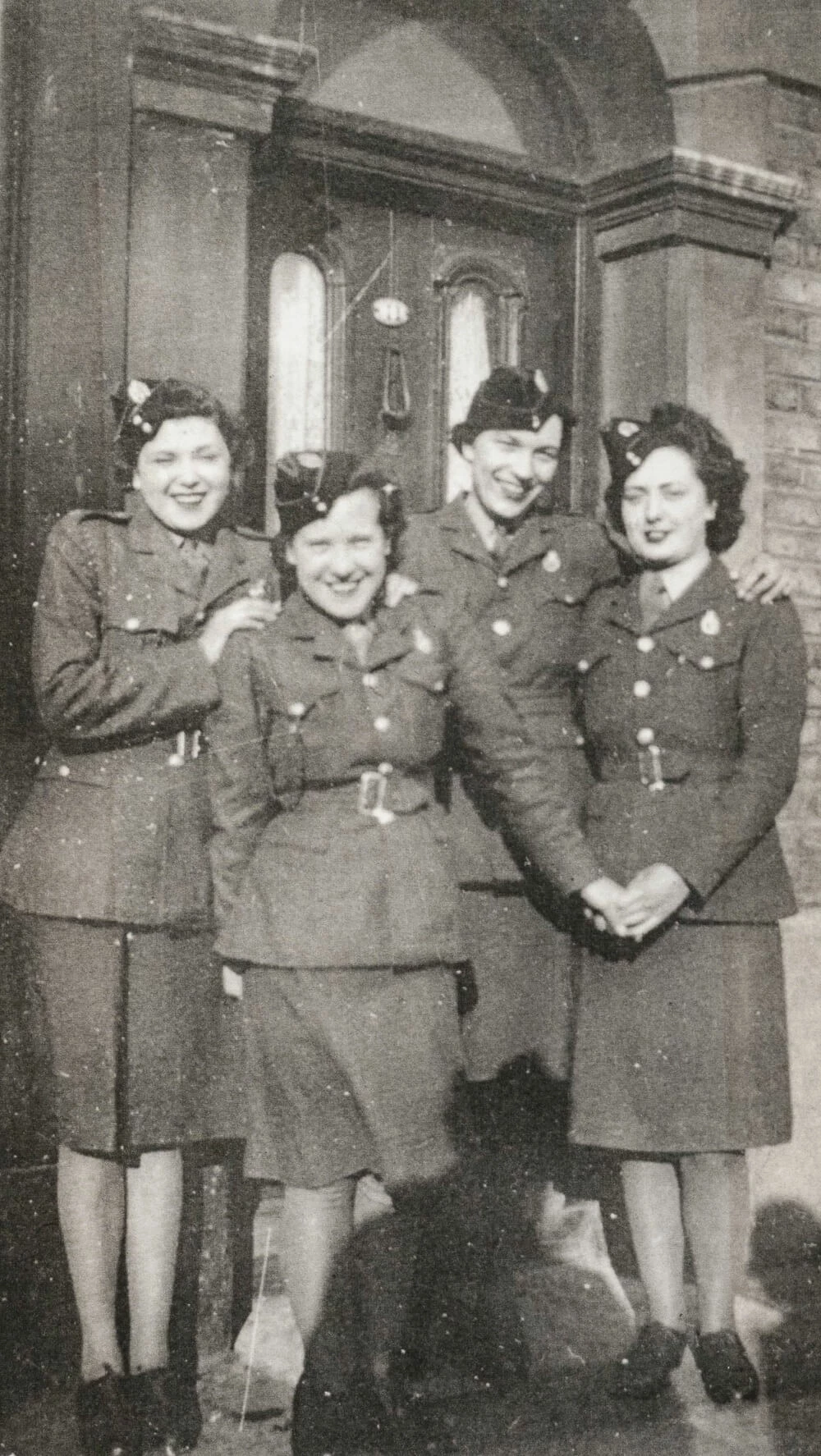
Hear Pam's Camp Griffiss story
Hear or read the real story of an ATS servicewoman named Pam, who remembers interacting with American troops on arrival at Camp Griffiss, Bushy Park.
'The whole place [Bushy Park] was a revelation, so entirely unlike anything previously met in a fairly varied Naval life. The unit where we worked was about 95% American and it may surprise some of you to learn that we were not received with any great enthusiasm. They had been told that we were not officers but here we were wearing funny hats and uniforms that had lots of brass buttons, some in unexpected places. So we really had to work our passage and so we did; matters soon improved and we became completely accepted.
An unwelcome shock to the British was the complete absence of tea or coffee breaks in the very long working day, at least in our hut; however the FOOD more than made up for it. So many items commonplace now were unfamiliar then: waffles in maple syrup, sweetcorn and other strange vegetables, and plenty of tinned peaches and ice-cream (rare luxuries in rationed Britain). All this was served in such clever little individual trays – which reappeared years later on charter flights.
I think we were a happy bunch on the whole and I was sorry to be left behind when all the men left for "the far shore".'
Hear Susan's Camp Griffiss story
Hear or read the real story of an ATS servicewoman named Susan, who remembers the constant fear of bomb raids while stationed in Camp Griffiss, Bushy Park during the Second World War.
'I remember very well being posted to Bushy Park. We slept in huts and worked a short distance away across the park. The walk was often interrupted by air raid warnings and V1 flying bombs flew low over Bushy. We had to lie flat on the ground when we heard them coming. One day I was on a bus from Bushy to Kingston when a bomb landed on shops just by the bridge – the noise and devastation was very frightening. Quite often at night the sirens would go and we would hear the “buzz bombs” overhead – we dived under our beds and grabbed our tin helmets. I do not remember any direct hits on the camp but I know there was considerable damage in the neighbourhood.'

Hear Molly's Camp Griffiss story
Hear or read the real story of Molly, an ATS servicewoman who remembers the work she conducted while posted at Camp Griffiss, Bushy Park.
'January 1944 saw me packing my bags at Victoria for the truck ride to Bushy Park. The accommodation and food were excellent there. The job was very interesting at Bushy and, for me, involved sending and receiving TPs [possibly teleprints or teleprompts] and stints at editing and typing up decoded messages. This meant I did shift work but despite that managed trips to Kingston, Hampton Court and the West End of London for a free show or two, and of course the Camp dance when off duty.'

Unless otherwise stated, images on this page come from the Bushy Park archive at The Royal Parks. We have made every effort to establish the provenance of the photographs and testimonies used in this exhibition, but if you have a query about any of these items please contact us at digitalcomms@royalparks.org.uk.
Discover more of our digital exhibition Operation Bushy Park
-
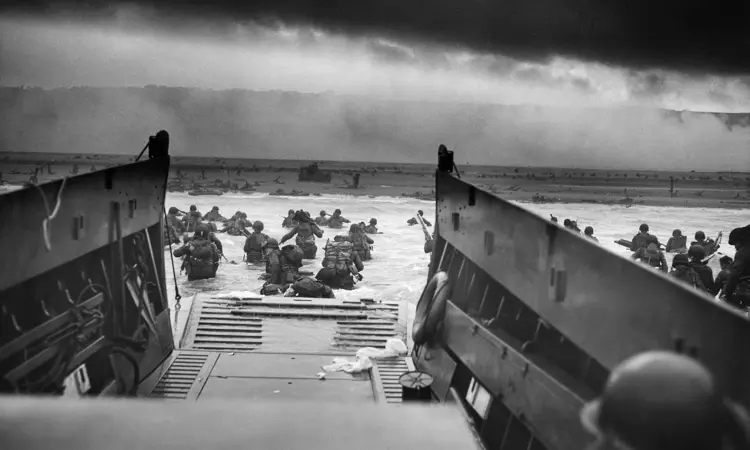
Planning D-Day
Discover the significance of D-Day and its ties to Bushy Park. Learn about Operation Overlord and Neptune's planning.
-
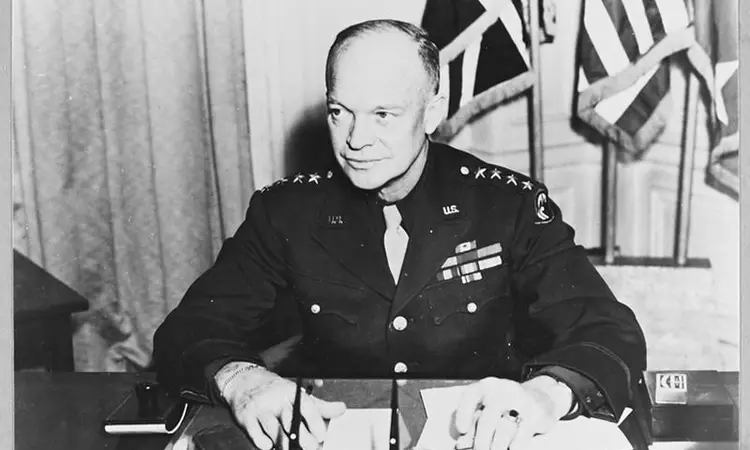
General Eisenhower in Bushy Park
Explore the pivotal role of General Eisenhower and his staff at the heart of Bushy Park in 1944, shaping history during the Second World War..
-
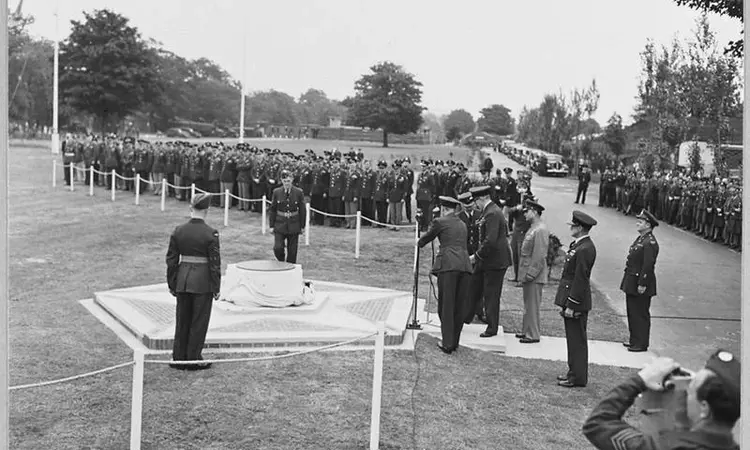
Bushy Park after the war
Discover the legacy of Bushy Park's wartime occupation, as we explore the Camp Griffiss Bushy Park site in the past, present - and future.
-
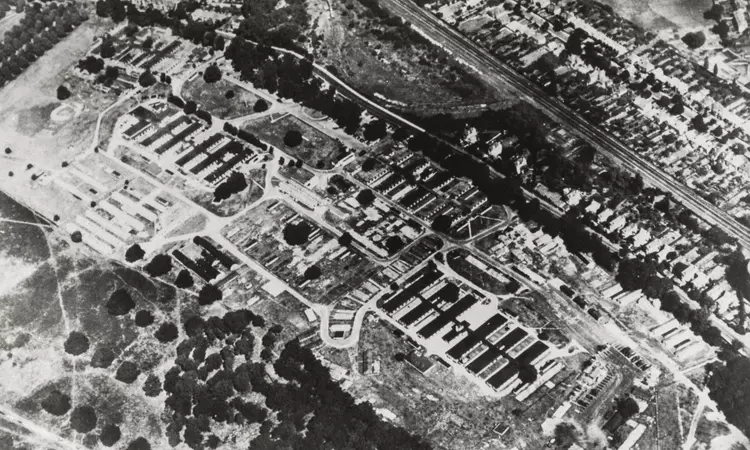
Operation Bushy Park: Plotting D-Day in a Royal Park
During the Second World War, Bushy Park was home to a sprawling military base. This is where General Eisenhower came to work on a top-secret plan...
-

Setting up Camp Griffiss Bushy Park
When you visit Bushy Park today, nothing remains of the vast, bustling army and air force camp that used to be such a prominent feature of the park.
-
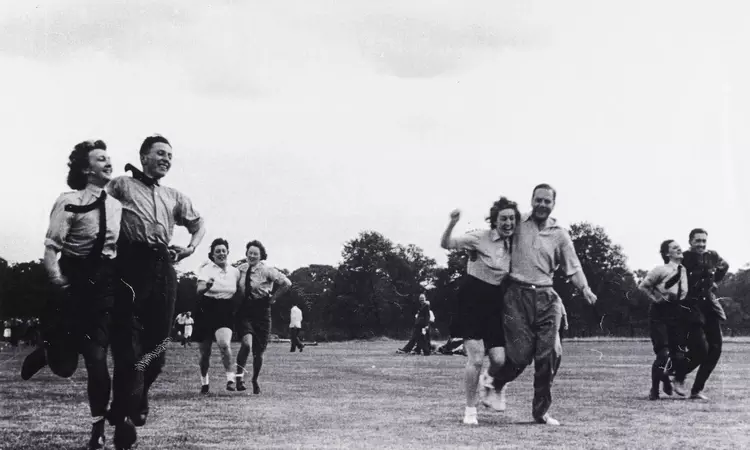
Life in Camp Griffiss I Bushy Park History
The men and women of Camp Griffiss worked hard – but they played hard too! The camp had much to offer when it came to leisure time.
Related Articles
-
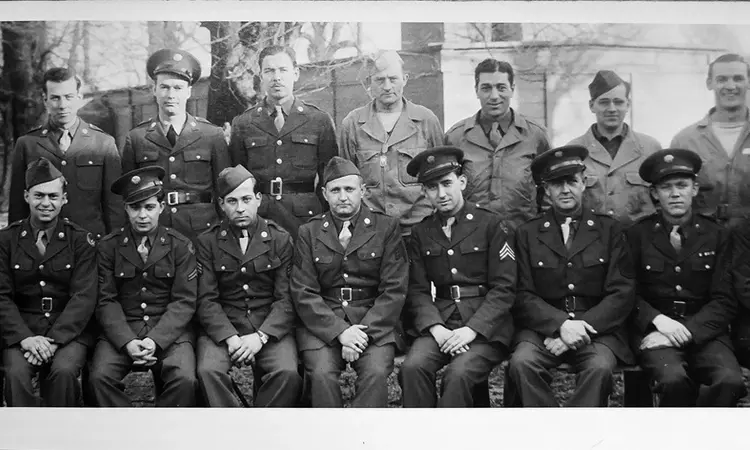 Read
ReadBushy Park's own 'Masters of the Air'
When you’re taking a walk through Bushy Park it can be hard to imagine that the park has a fascinating military past.
-
 Read
ReadJoe Louis at Bushy Park
Joe Louis is remembered as one of the first black sportsmen to transcend the colour barrier, and in WW2 he made a special appearance at Bushy Park.
-
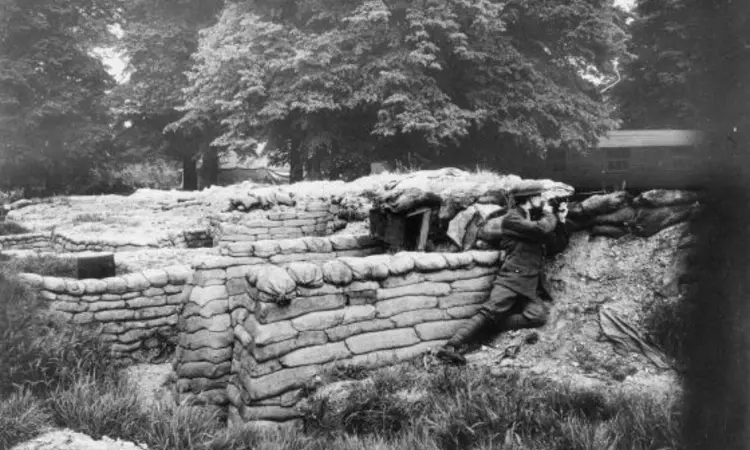 Listen
ListenHidden Stories of The Royal Parks: Parks at War
In this episode David Ivison, historical researcher for The Royal Parks Guild, explains how the Royal Parks were used during the two world wars.